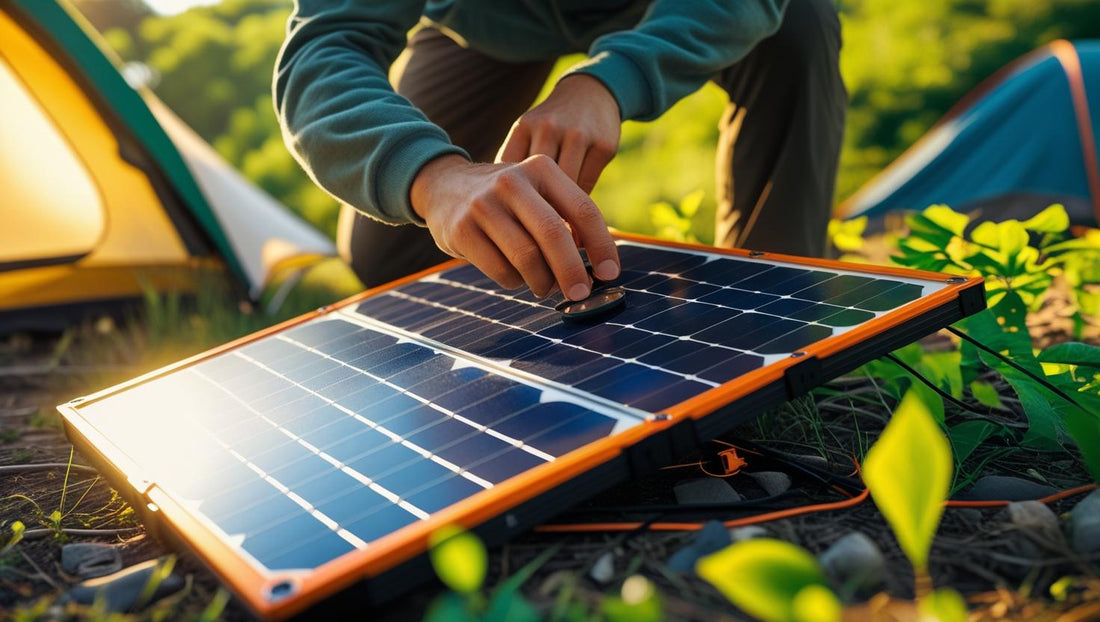
How do I choose a portable solar panel for off grid or camping?
Share
1. What’s my power needs?
- List the devices you'll need to charge or run like phones, tablets, cameras, lights, portable fridge, etc.).
- You will need to estimate your total daily power consumption in watt-hours (Wh). For example, if you want to charge a phone (10W) for 2 hours daily, that’s 20Wh.
- Please refer to our blog post that list wattage for multiple devices
2. How to choose the right power output?
- I’ve got lightweight, minimal needs: Go for a small 10-50W panel. It should suffice for charging phones, headlamps, and small gadgets.
- I’ve got moderate needs: Go for a 50-100W panel. It works well for running LED lights, small fans, and charging multiple devices.
- I’ve got high power needs: Go for a panel of over 100W panels. It is great if you’re running small appliances, portable fridges, or multiple devices simultaneously.
3. What type of solar panels would you recommend?
- Flexible panels? They are lightweight and foldable making them ideal for uneven surfaces or backpacking. Great for charging power banks or small devices.
- Rigid monocrystaline panels? Those are more efficient and durable. It is perfect for your campsite setups where weight isn't a big concern.
- Portable folding panels? If you’re doing car or RV camping, those are easy tp set up on tables or ground. They come with integrated stands and cables.
If you’re moving frequently or hiking, we’d recommend choosing lightweight, foldable or rollable panels.
5. How to use my panel and store energy?
- We advise that you pair your panel with a portable power station to store energy for cloudy days or night time use.
- Many panels come with USB outputs. If you have large power needs, a dedicated battery bank is recommended.
Our tips
- Look for waterproof panels, durable and sturdy, good to for any conditions including rain and wind.
- Ease of use and set up is also important: simple folding mechanisms, integrated stands, or suction cups for example.
